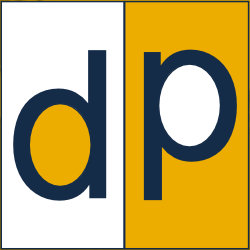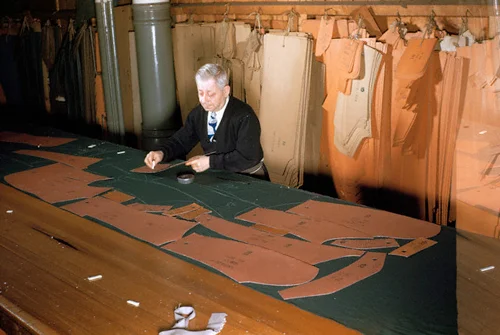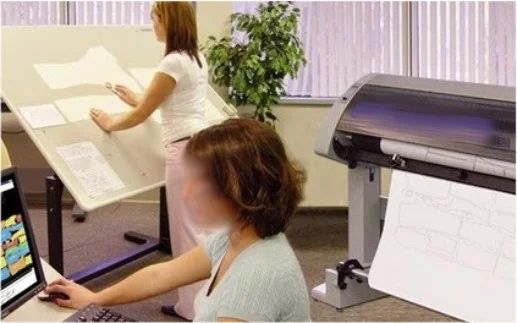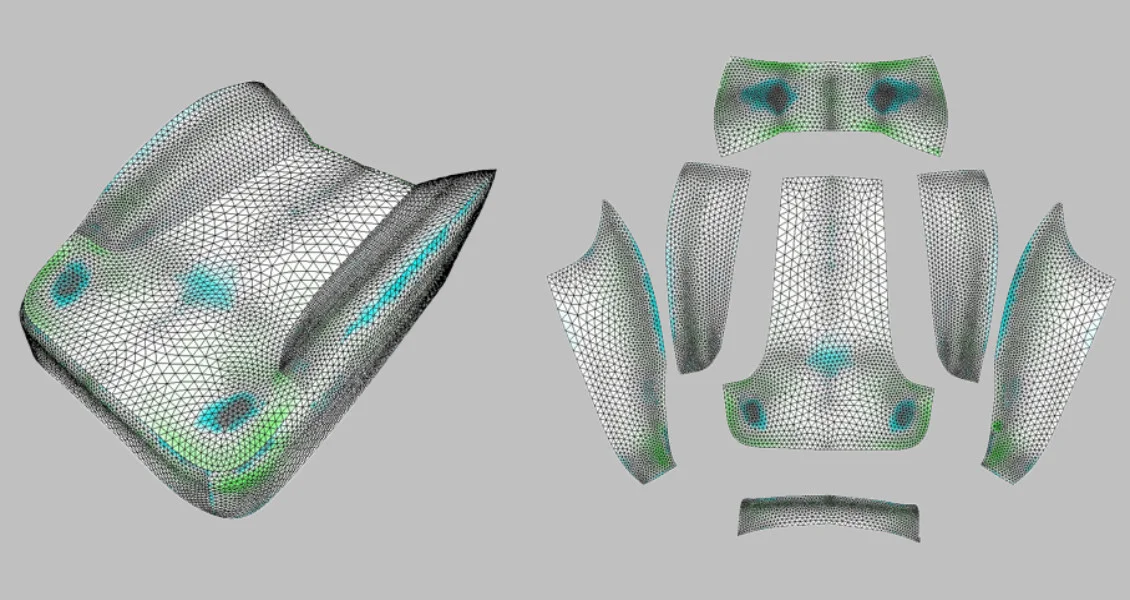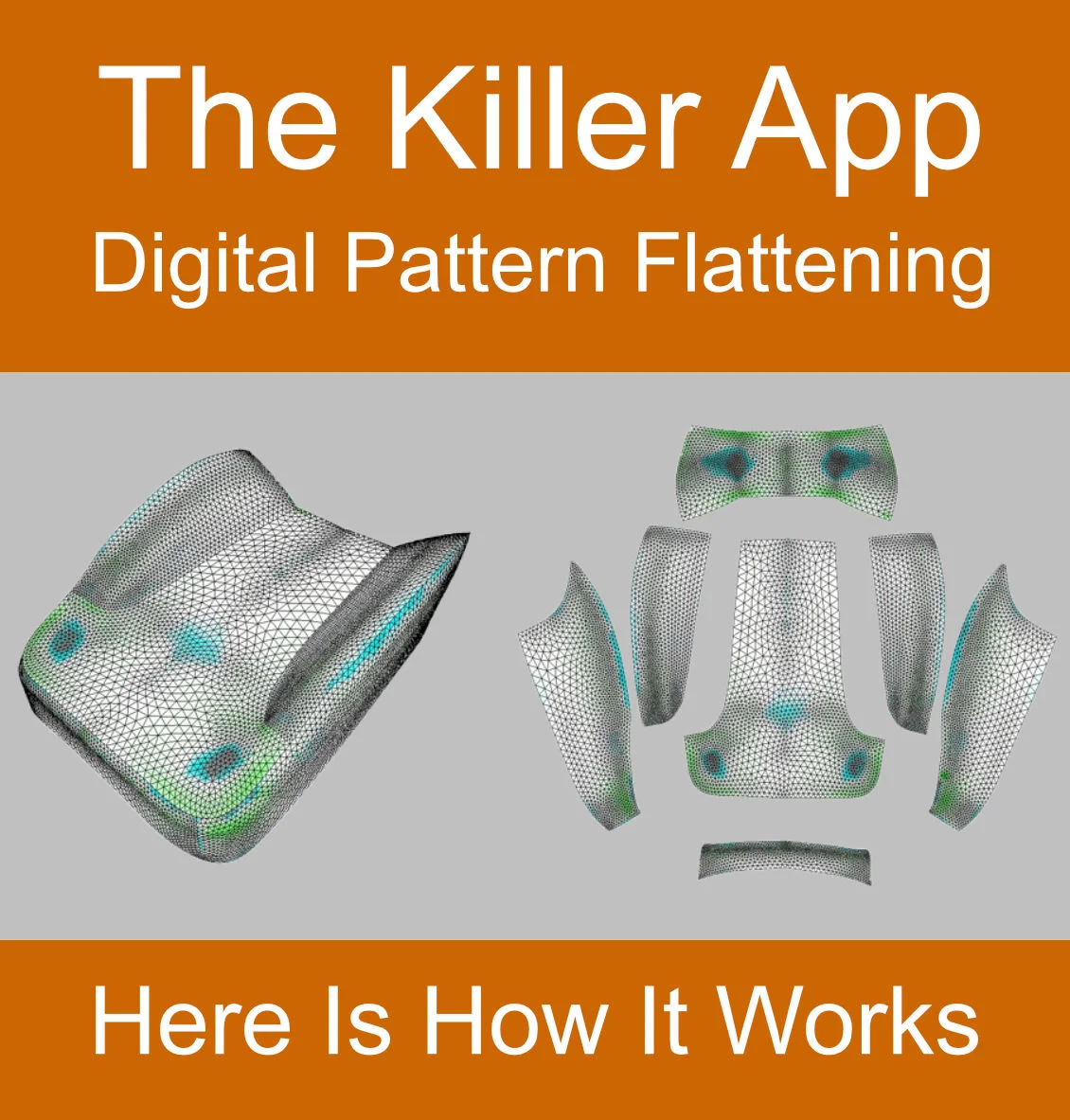How The Killer App Kills Wasteful Effort. Digital Patterning Flattening Part 2 of 3
3D to 2D digital pattern flattening not only improves upon legacy pattern creation, it eliminates waste in downstream processes making you a much more efficient pattern maker. This is part 2 in our series on Digital Patterning Flattening: How The Killer App Kills Wasteful Effort.
What’s the problem anyway?
- Legacy hand patterning while accurate, is slow and can’t get significantly faster.
- Companies who continue to use hand patterning, leak profit and leave money on the table compared to their competitors.
- Digital Patterning can eliminate this wasted effort and stop the profit leak.
Is Legacy Patterning Making Really Wasteful?
It might hurt to know that much of the manual patterning making process can be considered wasteful. What do we mean by that? In this context we are talking about 3 particular types of waste:
- Waste due to waiting
- Waste due to extra processing
- Waste due to movement
So Where Is The Waste?
- Skilled pattern makers know how to drape, tape and mark a fabric to make initial patterns.
- They know how to lay those patterns out, and create tracings on the pattern pieces.
- They know how to walk the pattern pieces to align the edges, mark provisional notch locations, grain lines, drill holes, appliques, or even darts to prepare the pieces for digitizing
- They know how to lay the patterns out or pin them up to digitize.
- Then there is all the related information that has to be prepared and outlined separately, such as piece & edge naming conventions, etc.
- And don’t forget creating a parts list of all the pieces.
This way of manual hand pattern making is falling out of favour. The patterning makers in highest demand are becoming fully digital and with that change, you no longer have to wait, for this extra processing and movement of your work described above.
How to Eliminate the Waste.
In part 1 of this series, we talked about tessellation and meshing. This is the process of creating tiles with no gaps between them to represent or cover a surface. Below is an example of tessellation on an automotive seat bun where you can see the surface has been subdivided.
Walking the Pattern is a Complete Waste of Your Time. You Don’t Need to do it Anymore.
Tessellating is very helpful when it comes to adding edge features like seam allowances and notches. We can index the exact position of each of the vertices in the tessellated tiles in two ways. First the absolute position on the surface of the tile, and second, the position in reference to other tiles especially the tiles adjacent to one another and opposite a seam.
This means we can instantaneously create an exact alignment of one pattern piece with another pattern pieces. Since we know the position of each vertex we can:
- Align edges instantly and perfectly
- Indicate and place notch positions on one pattern edge and automatically have a notch placed on the corresponding edge of the adjacent pattern piece.
No more walking patterns and chasing your tail when making edits.
Have a look at this video, to see how easy it is to find and align edges.
The Waste Due to Waiting, Extra Processing, and Movement is Gone With Digital Patterning
- Flattened pattern pieces are automatically named. Names are carried over from the flattening process
- Edges are automatically named and automatically aligned.
- Notches are automatically aligned and named.
- Grain lines are placed based on material assignment without any effort.
- Patterns do not have to be traced and digitized. There is no digitizing required because pattern pieces are created digitally from digital models.
- Best of all, edits are straight forward, fast, and easy.
Here is a short video showing how fast edges can have seam allowances and notches applied without walking the pattern, waiting, extra processing, and movement.
Summary
3D to 2D digital pattern flattening is fast and easy and eliminates 3 forms of waste from the pattern making process:
- Waste due to waiting
- Waste due to extra processing
- Waste due to movement
This waste is manifest in manual hand patterning efforts which are no longer needed when using digital patterning. They include:
- Draping, taping, marking
- Walking patterns, tracing, aligning, location marking,
- arranging, pinning, digitizing
- naming, and parts listing
These steps and the related waste can be eliminated. Do you agree? Are you still doing them? Have stopped doing them? Drop us a line and let us know.
If you want to know more about Digital Patterning, you can click the link below and book time to talk to an expert.
If you want to trying digital patterning for yourself. Click the link below to request a free trial.
